A visit to the Lake District can be beautiful at any time – from warm summer days by the lake to the autumn colours in the valleys and the first snow on the hills, but what are the pros and cons of visiting in each season?
Having worked in retail and hospitality in the Lake District for four years and experienced all kinds of weather whilst living here, I’ve put together this guide to help you plan the best time to visit for your perfect trip.
This guide will cover….
- Practical things to consider before booking a trip
- Weather in the Lake District
- When is peak season in the Lake District? (Including a rough breakdown of English school holidays)
- When is the driest time to visit the Lake District?
- When is the quietest time to visit the Lake District?
- A month-by-month guide to visiting the Lake District – including weather and local events
Practical things to consider before booking a trip to the Lake District
Before booking your trip to the Lake District, these are a few things you may want to consider….
- What kinds of activities or attractions are you hoping to visit? Do they close at certain times of the year?
- What kind of budget do you have for your trip? (Peak season prices are higher than shoulder/low season)
- Do you mind mixing with crowds at busier times of the year, or are you looking for quiet and solitude?
- Are there any specific events or festivals you hope to attend?
- Will you get around by car or public transport (which is less frequent in autumn/winter)?
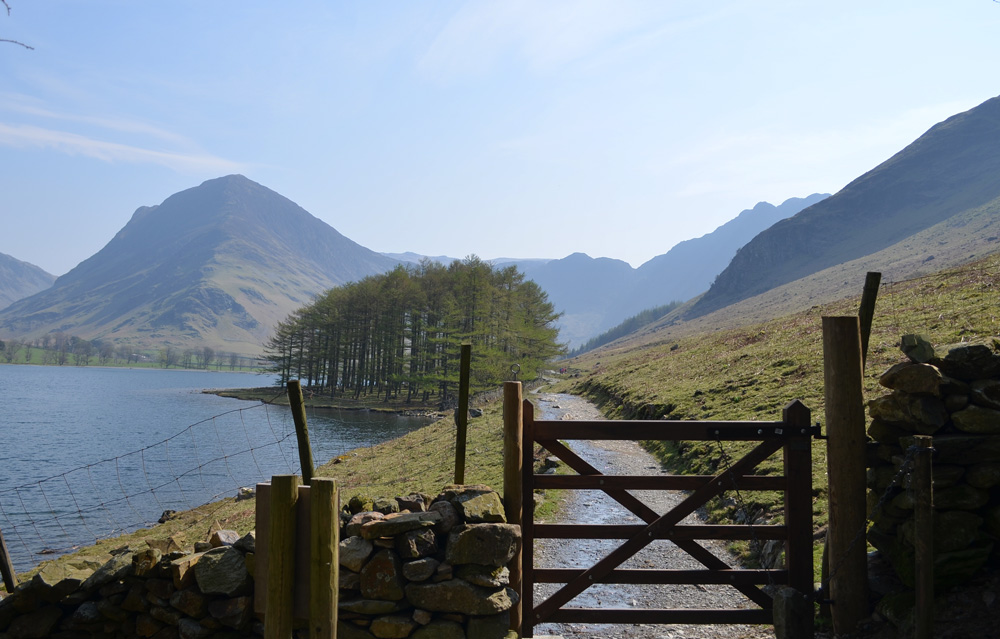
Weather in the Lake District
Ohh, the weather in the Lake District is always a hot topic of conversation! The bottom line is, there is a risk of wet weather at ANY time of the year, and the weather is becoming increasingly unpredictable- I’ve seen summer downpours in August, snow on the hills in May and T-shirt weather days of sunshine in October.
The best place to get the most accurate weather forecast for the Lake District is the Mountain Weather Information Service (MWIS) – this has a three days detailed forecast, which includes wind speed and temperatures at 750m for those heading to the hills.
The best thing to do is simply come prepared (and maybe have low expectations!) with waterproofs, plenty of layers and at least one warm jumper.
Generally speaking, winter (roughly November to February) can be wet and windy, sometimes with periods of more settled, colder weather. Daytime temperatures range from around 2-8C, often dipping below freezing overnight.
Snow often falls on the highest hills (over 600m) around December and January and can often fall and settle in the towns and villages for a couple of days each winter.
Spring temperatures can vary to still be quite cool (6-10C) in early March to warmer days in early May when it can reach (15-22C). Showers are still frequent but can be less intense than in winter.
During summer, the end of May to early September tend to have the highest temperatures averaging around (15-22C) with warmer days peaking into the high 20s. The last few years have seen periods of hotter days reaching 30C, but these tend to only last for a few days/a week before dropping (although longer spells of heatwaves can occur).
From mid-September, the temperatures begin to dip again (around 10-15C) as autumn begins to set in – and the rain showers often increase in length. By the end of October, the temperatures lower towards winter temperatures, with the occasional frosts creeping into the mornings.

My thoughts on the best time of year to visit the Lake District
If I were to pick any month to visit the Lakes District, I would generally advise either May or June (avoiding the May Bank holiday weekends if possible) due to the relatively stable and dry weather, longer daylight days and the late spring/early summer wildflowers.
After the kids return to school, mid-September can also be a beautiful time to visit – with the first signs of autumn, and if you are lucky, the days can sometimes still feel like summer.
Winter can be beautiful – the snow on the hills makes for a magical backdrop – but freezing/icy conditions can be travelling harder. You are more likely to encounter rainy rather than snowy days in most winters!
When is the driest month to visit the Lake District?
As previously mentioned, there is the risk of rain at ANY time of year in the Lake District (in fact, it’s one of the wettest places in the UK) – but generally, I’ve found the warmer, drier days tend to be around May – July – and possibly August. However, I remember August being damp during my first two summers here!
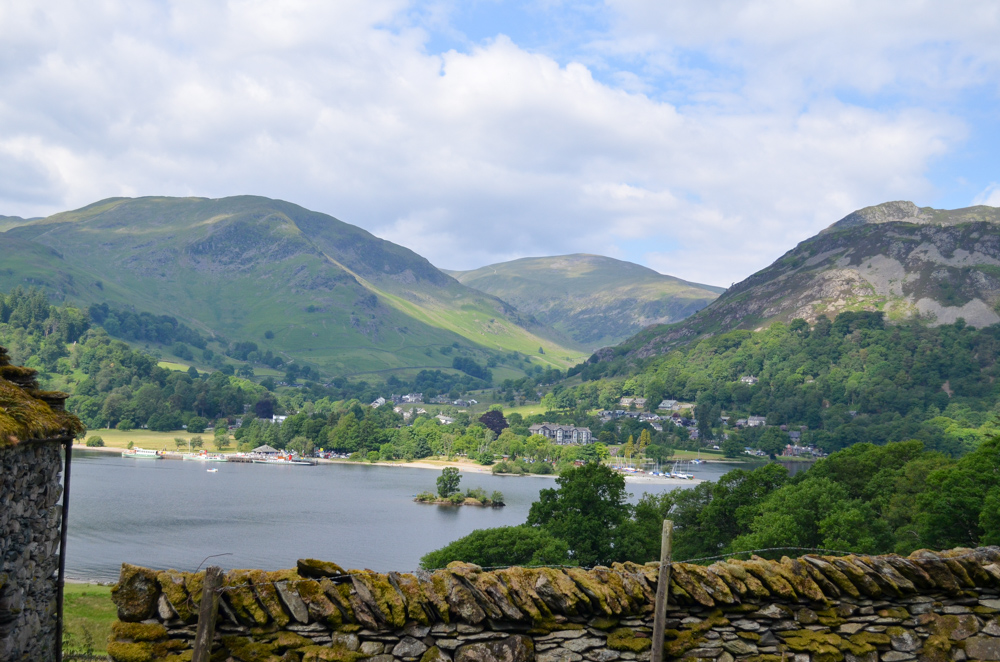
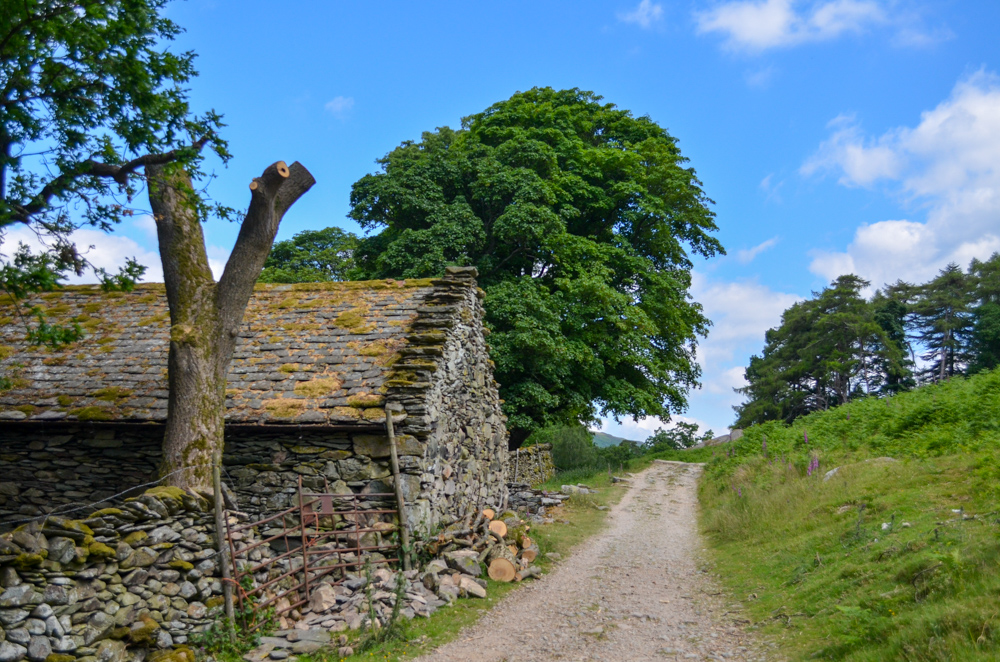
Summer in the Lake District
When is peak season in the Lake District? (Including a rough breakdown of English school holidays)
The main peak seasons are usually dictated by the major English school holidays – with busier spells in the spring and summer than the autumn/winter holidays.
Although generally speaking, ANY day that is a clear, blue sky day can often be busy, especially in the South Lake District, which tends to attract more day trippers due to its easy proximity to the M6 from England.
School holidays in England vary region by region. The north and south will often have different weeks outside the major summer holidays, which can extend the peak season. Scotland also runs slightly different school terms to England, with the main summer holiday starting in June and ending in mid-August.
As a general rule (although they can fluctuate), the major school holidays are as follows….
- Mid/Late February – 1 week
- Late March/Mid-Late April (depending on when Easter falls) – 2 weeks
- May also has two Bank Holiday Mondays – one at the start and one at the end of the month
- Late May/Early June – 1 or 2 weeks
- Mid/Late July is the main summer school holiday lasting 6-8 weeks. Schools usually return in early September.
- Mid/Late October – 1 or 2 weeks
- Late December to early January – 2 weeks of Christmas holidays
When is the quietest time to visit the Lake District?
The quietest months in the Lake District are early November, January and February. You can get some fantastic deals on accommodation (it’s worth phoning directly, as they may be able to offer you a special price if they are keen to sell rooms!), the towns and villages are generally quiet (although weekends tend to be still busy, especially if the weather is good).
You can be graced with stunning winter days, sometimes snow, but equally, you could be met with days of continuous rain!
Be aware that many of the main tourist attractions and restaurants/cafes can close for short or long spells during the winter – especially during January.
A month-by-month guide to visiting the Lake District – including weather and local events
January in the Lake District
By far the quietest time to visit the Lake District, but be aware that many tourist attractions, boat tours and some restaurants/cafes close for parts or all of January. January days are often cold and wet, and daylight hours are still short (but increasing to around a 4.30 pm sunset by the end of January).
There is a chance of snowfall in the hills (and possibly in the valleys). Great for experienced winter mountaineers in the hills. A good time to get deals on accommodation as many businesses are quiet.
February in the Lake District
Early February is still relatively quiet, and snowdrops are peeking through on the lower/wooded slopes. Some main tourist attractions re-open during the first school holidays at the mid to end of February. Temperatures and daylight hours are starting to rise.
Special Festivals/Events Keswick Film Festival, School Holidays in Mid/Late February
Average Temperatures 3-8°C (can be warmer towards the end of Feb)
Average Daylight Hours 9-11 hours
March in the Lake District
Whilst some March days can still be quite chilly, the first signs of spring, such as the daffodils, are starting to appear (one of my favourite spots to see them is at Dora’s Field in Rydal) and longer, lighter days are on the horizon.
If you plan to visit the Lake District by bus, note that late March/early April is when the high-season timetable comes into operation with more route options and frequent bus times.
Special Festivals/Events: Easter Egg hunts at many National Trust properties. School Holidays may begin in late March, depending on when Easter falls.
Average Temperatures 6-11°C
Average Daylight Hours 11-13 hours
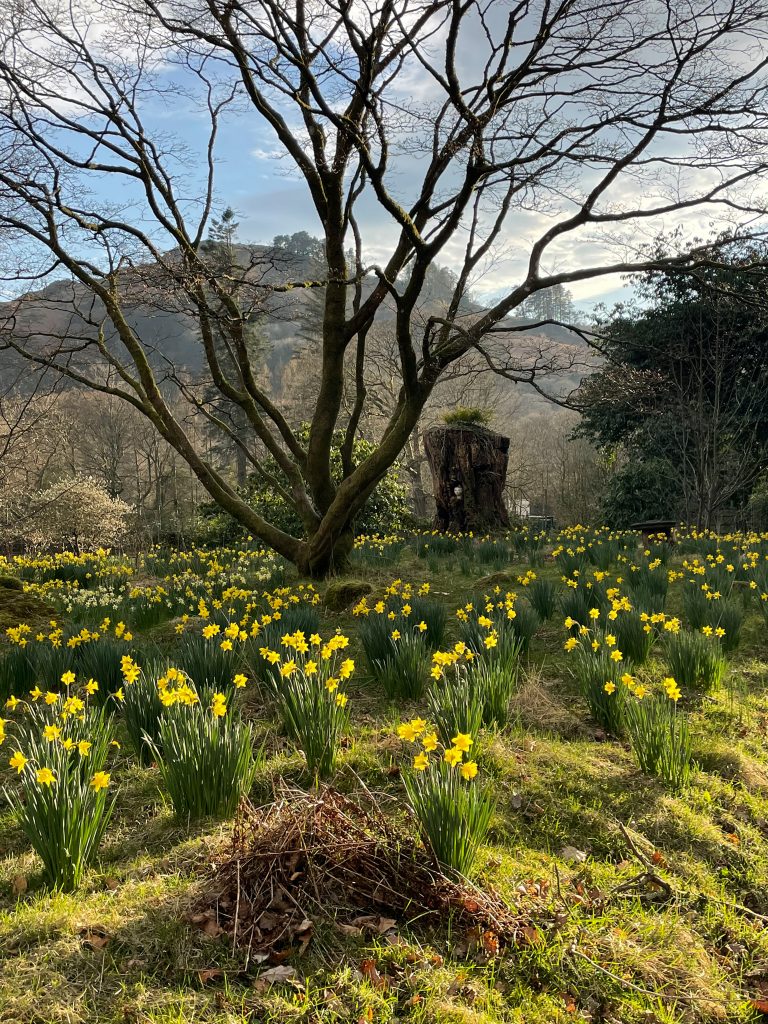
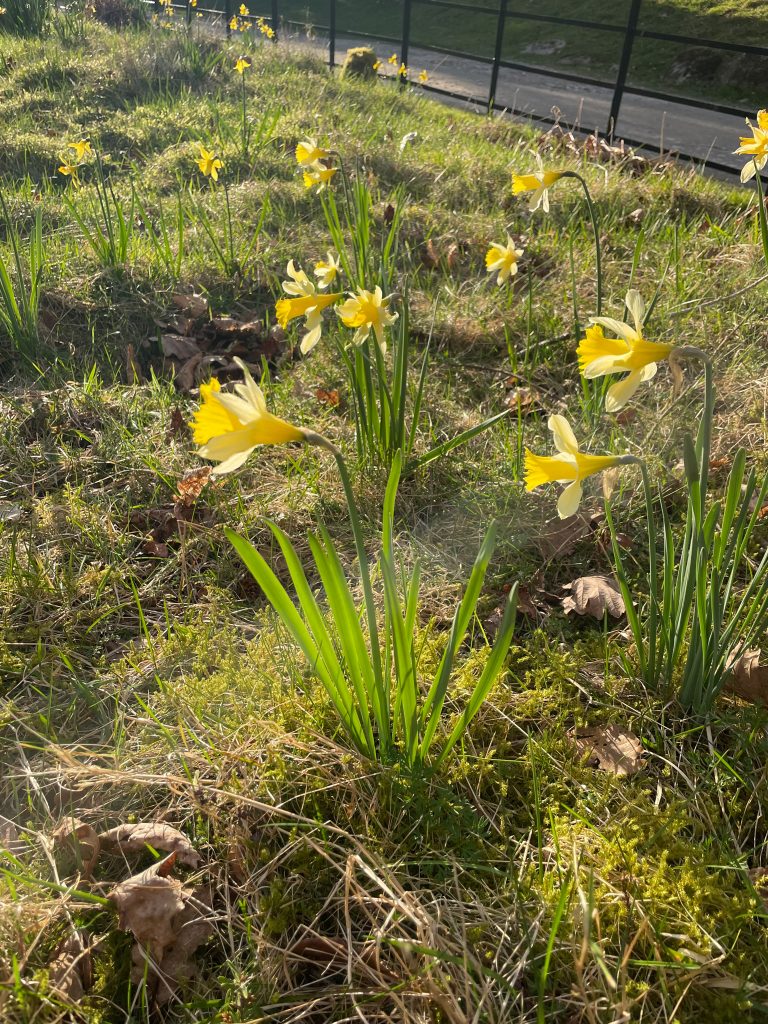
April in the Lake District
Spring is now in full swing, and the Easter school holidays are the start of the main season in the Lake District, with most places now fully re-opened.
Bluebells bloom in woodland and hillside areas, with Rannderdale Knotts being one of the best spots in the Lake District to see them.
Special Festivals/Events: Easter Egg hunts at many of the National Trust properties, Good Friday and Easter Monday are Bank Holidays, Easter School Holidays (2 weeks)
Average Temperatures 8-14°C
Average Daylight Hours 13-15 hours
May in the Lake District
May is one of my favourite months in the Lakes – we often get spells of warm, dry weather, perfect for early summer walks in the hills. The hillsides are turning emerald green from the bracken, and the days are increasing in length.
The Bank Holiday weekends tend to get quite busy, especially if the weather is good.
Special Festivals/Events: Keswick Mountain Festival
Average Temperatures 14-18°C
Average Daylight Hours 15-16 hours
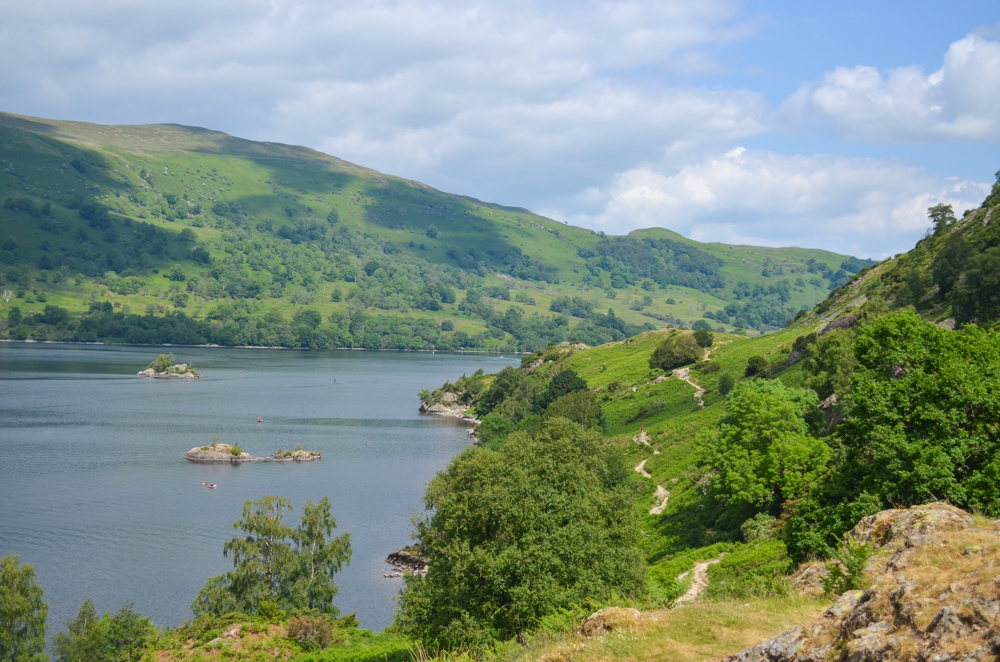
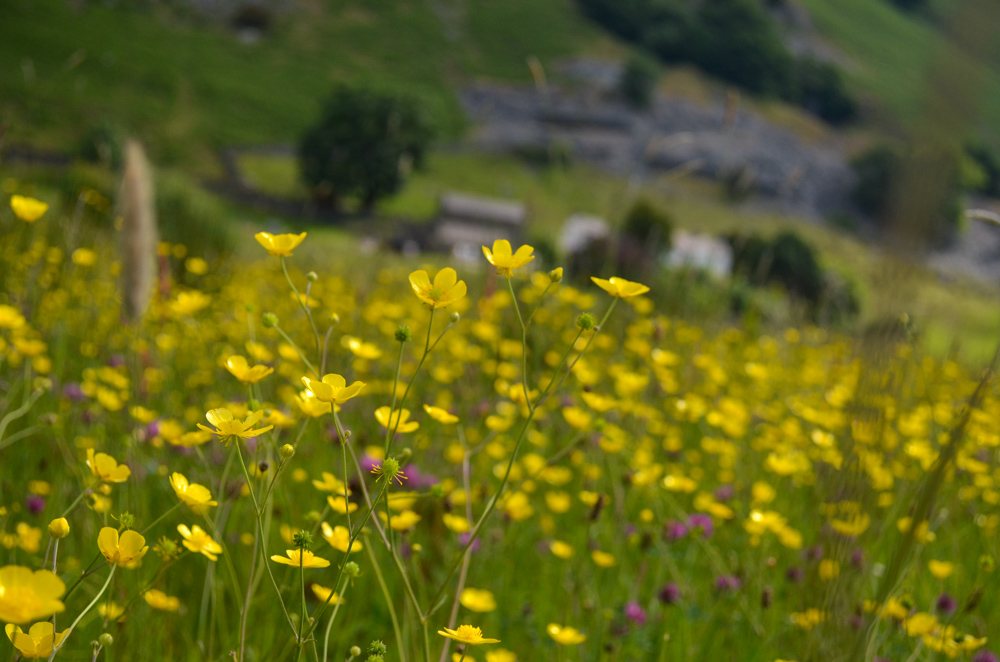
Wildflowers around the shores of Ullswater in June
June in the Lake District
With the longest days of the year and generally dry and warm weather, June is another perfect month to visit the Lake District before the main crowds of the school holidays appear (although Scottish school holidays usually kick off around the end of June).
Purple foxgloves dot the hillsides, and tourist attractions and public transport/boats also start running later or longer hours.
Special Festivals/Events: Grasmere Gallop/OMM Festival (Running)
Average Temperatures 15-23°C
Average Daylight Hours 16-17 hours
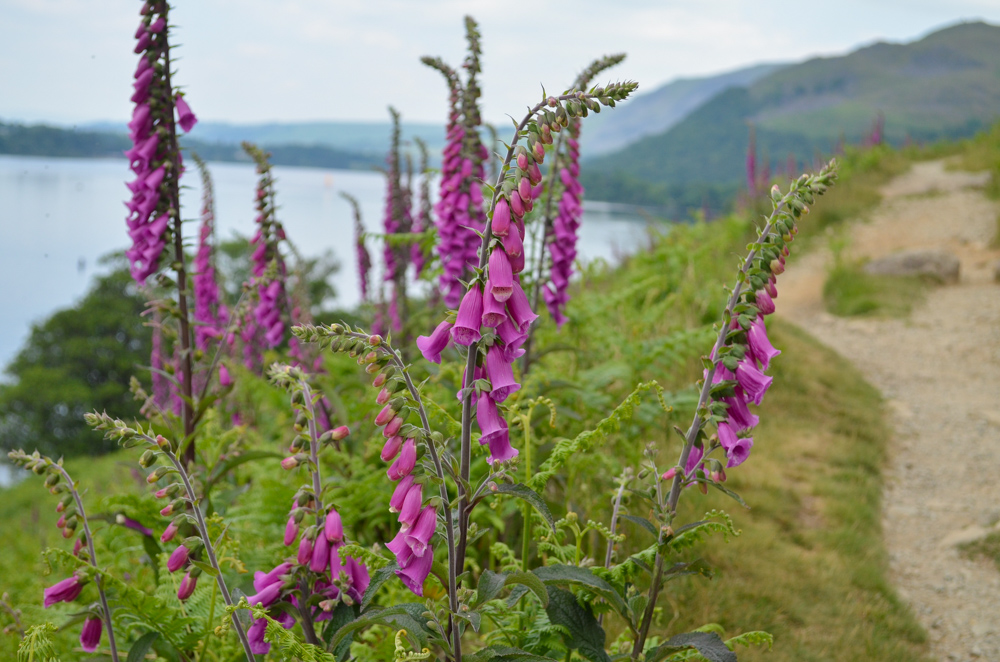
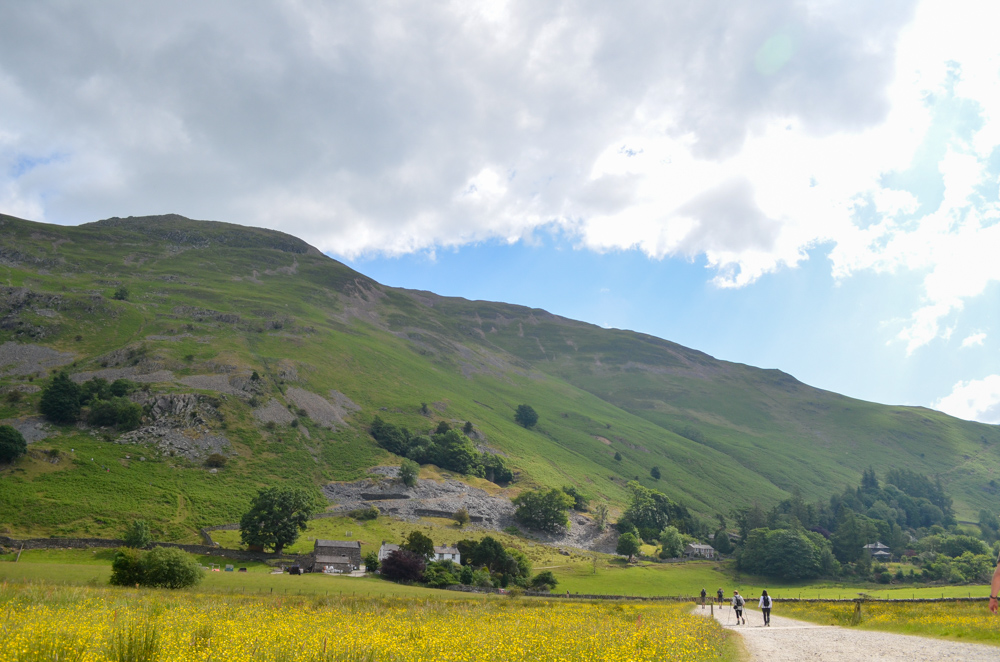
Fox Gloves and a field of Buttercups in the Ullswater Valley
July in the Lake District
July and August are the main peak season months in the Lake District, with some areas, such as Windermere and Bowness, starting to get extremely busy. Accommodation-wise, this is also when the prices are highest.
To avoid the crowds, it’s worth setting off early in the morning and late afternoon to avoid traffic or seek out quieter, off-the-beaten-track spots.
On the plus side, the weather tends to be warm and often dry, with tourist attractions running extended hours (such as sunset cruises on Windermere).
Special Festivals/Events: Ambleside Rushbearings, Ambleside Sports, Kendal Calling (music festival), and Main Summer school holidays start.
Average Temperatures 15-23°C
Average Daylight Hours 16-14 hours


August in the Lake District
August is one of the busiest months in the Lake District, the height of the main summer school holidays. Crowds and traffic are at their peak, and accommodation is at the year’s highest.
The August weather is generally warm and settled, making it another great month for outdoor activities and hiking. Parts of the hills are beginning to turn a soft purple with the blossoming of the heather.
Special Festivals/Events: Lake District Summer Music Festival, Lots of Agricultural Shows such as Rydal Show (a mix of sheepdog trials and sports events) and Grasmere Sports, which has run since 1868), Summer School Holidays continue.
Average Temperatures 15-23°C
Average Daylight Hours 14-12 hours
September in the Lake District
September is an ideal month to visit the Lake District – the early weeks of September can often still be warm and sunny, the main crowds have quietened as the kids return to school. Most places continue with peak season hours until the middle to end of the month making it the perfect time to visit the popular tourist attractions which are so busy in the height of summer.
The first signs of autumn appear towards the month’s end.
Special Festivals/Events: Summer Holidays end in early September, Kendal Torchlight Festival.
Average Temperatures 14-18°C
Average Daylight Hours 12-10 hours
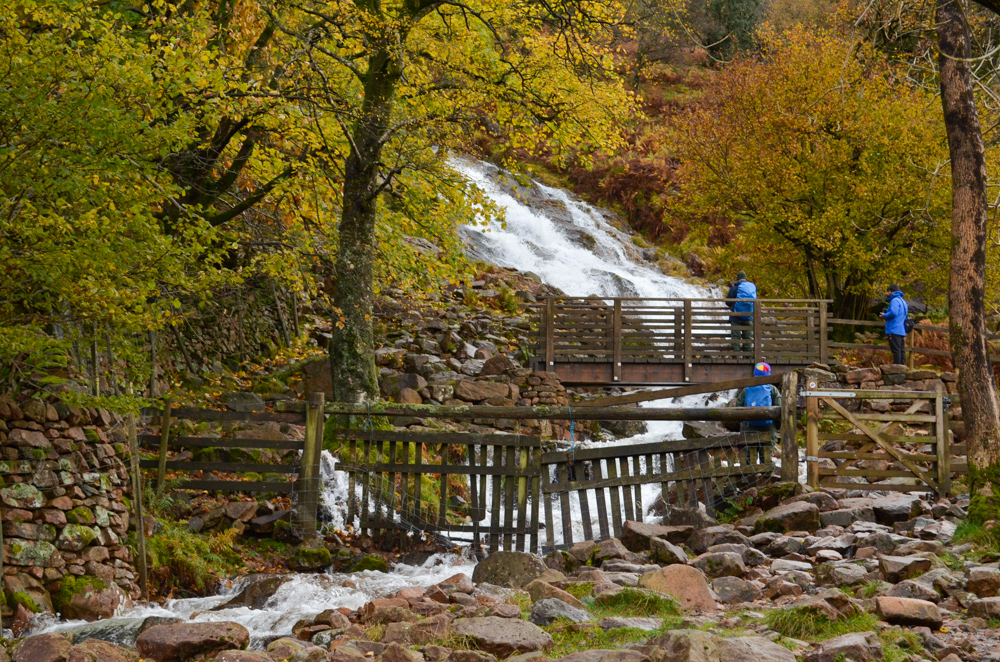
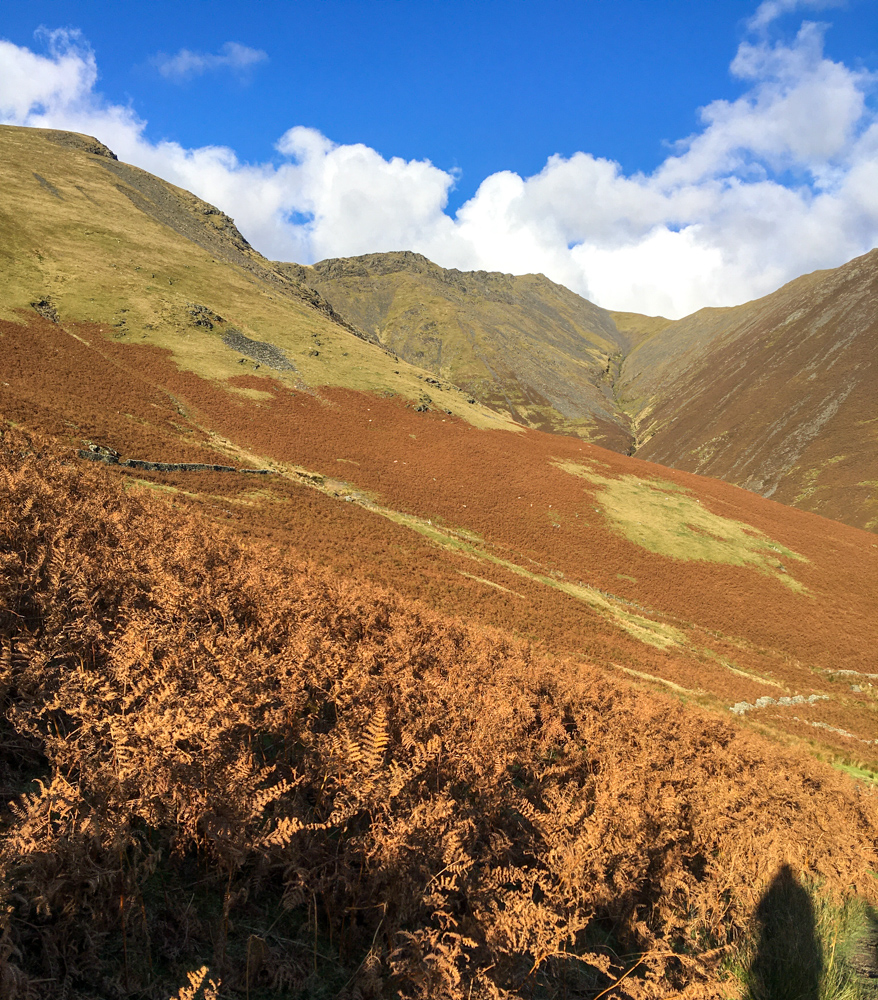
Autumn colours in the Lake District
October in the Lake District
The first two weeks of October tend to signal the start of autumn in the Lake District, with the hillsides turning to rusty gold as the bracken dies off and many of the trees in the villages are full of autumn colour.
The last two weeks of October can be busy again due to school holidays which signal the end of the main tourist season in the Lake District, with many attractions/transport now reverting to low season times.
Special Festivals/Events: 1 or 2 weeks of School Holiday at the end of Oct
Average Temperatures 10-14°C
Average Daylight Hours 10-8 hours
Read more: My 7 faveourite places to see autumn colours in the Lake District
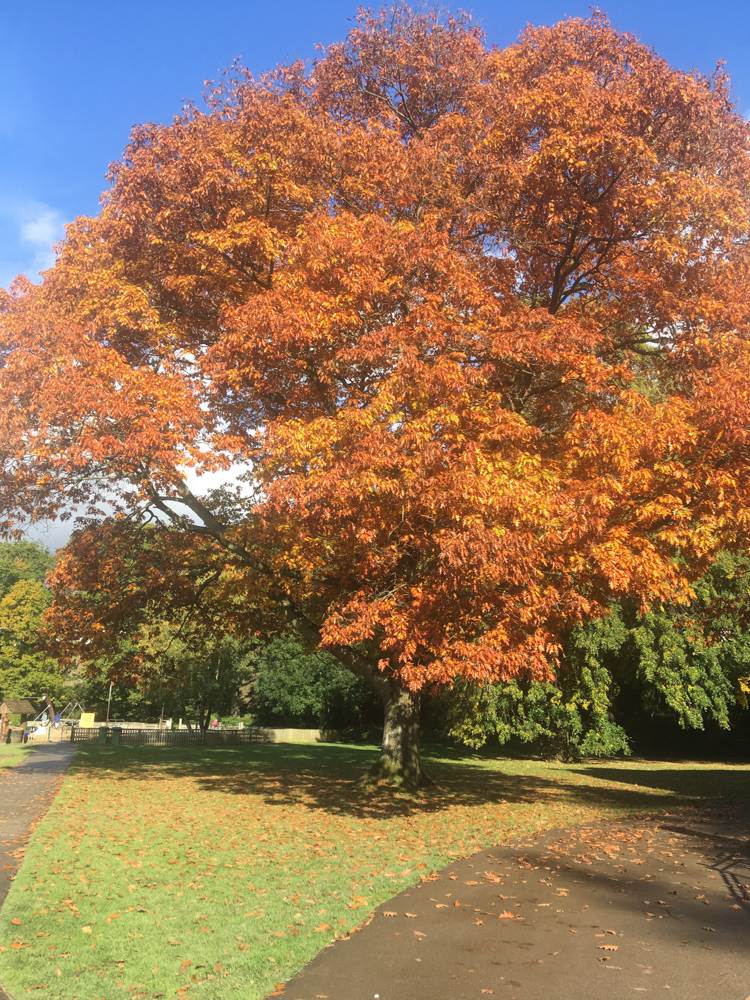

November in the Lake District
November is generally a relatively quiet month. The start of the low season has shorter hours at tourist attractions and cafes, rainy days and increasingly shorter daylight hours. Prices tended to be lower with chances of winter deals on accommodation.
In mid-November, Kendal plays host to one of the biggest outdoor festivals in the UK, the Kendal Mountain Festival. From the end of November, towns and villages are decorated for Christmas with twinkling lights illuminating the shorter days. Early snow may fall from mid-November.
Special Festivals/Events: Bonfire Night celebrations, Kendal Mountain Festival, Christmas light switch-on in towns and villages (including a lantern parade at the Ambleside one in mid-November), Penrith Winter Festival
Average Temperatures 6-10°C
Average Daylight Hours 8-9 hours
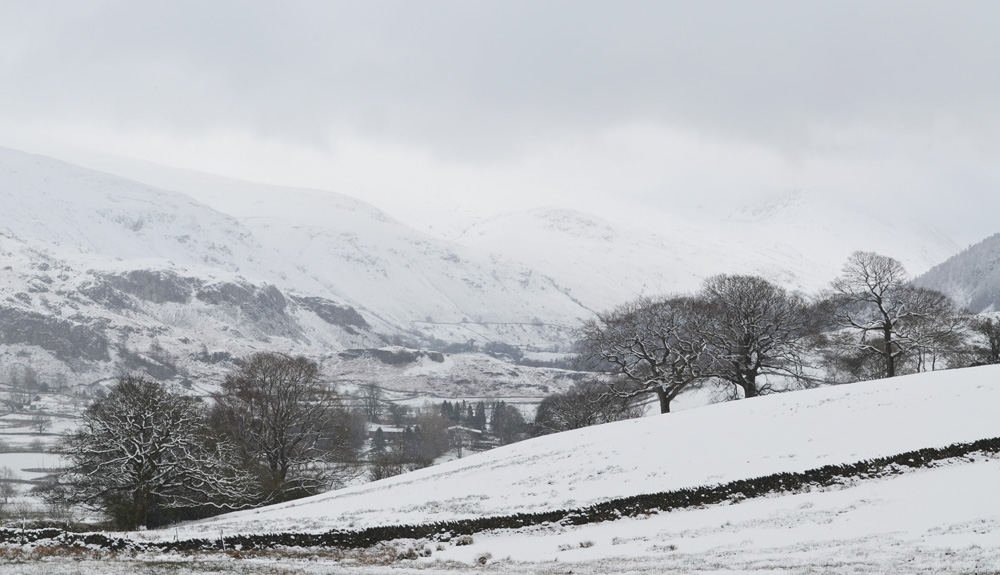
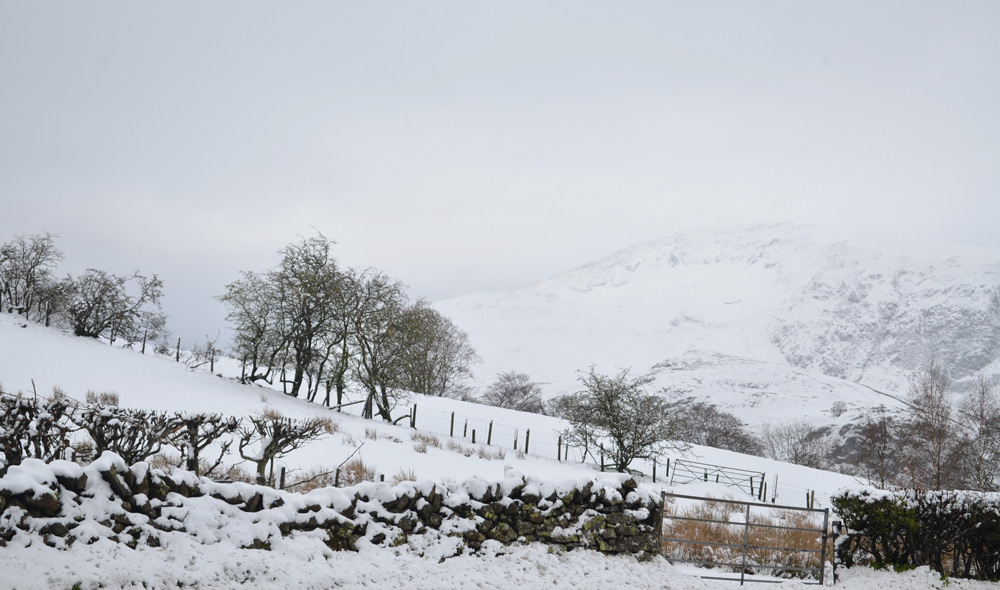
December in the Lake District
The towns and villages are decorated for Christmas, markets often occur at weekends, and there is a good chance of snowfall in the hills. Great for experienced winter mountaineers in the hills. Change of the roads being icy, especially over the main high passes such as the Kirkstone and Honister Pass (which can close due to snowfall).
Daylight hours are short, with sunset around 3.30/4 pm
The Christmas holidays are slightly busier but not on the same scale as summer – although bright, clear days can see busier days during the school holidays.
Special Festivals/Events: Keswick Victorian Market, various smaller Christmas markets including Hawkshead, New Year’s Eve
Average Temperatures 4-8C
Average Daylight Hours 7-8 hours
I hope you find this guide helpful in planning your trip to the Lake District – if you have any further questions, feel free to DM me on Instagram 😊
Planning a trip to the Lake District? Check out these posts….
12 things to know before visiting the Lake District
What to pack for a day walking in the Lake District
12 of the best cafes in the Lake District
Have you found this post useful? Pin it for later!
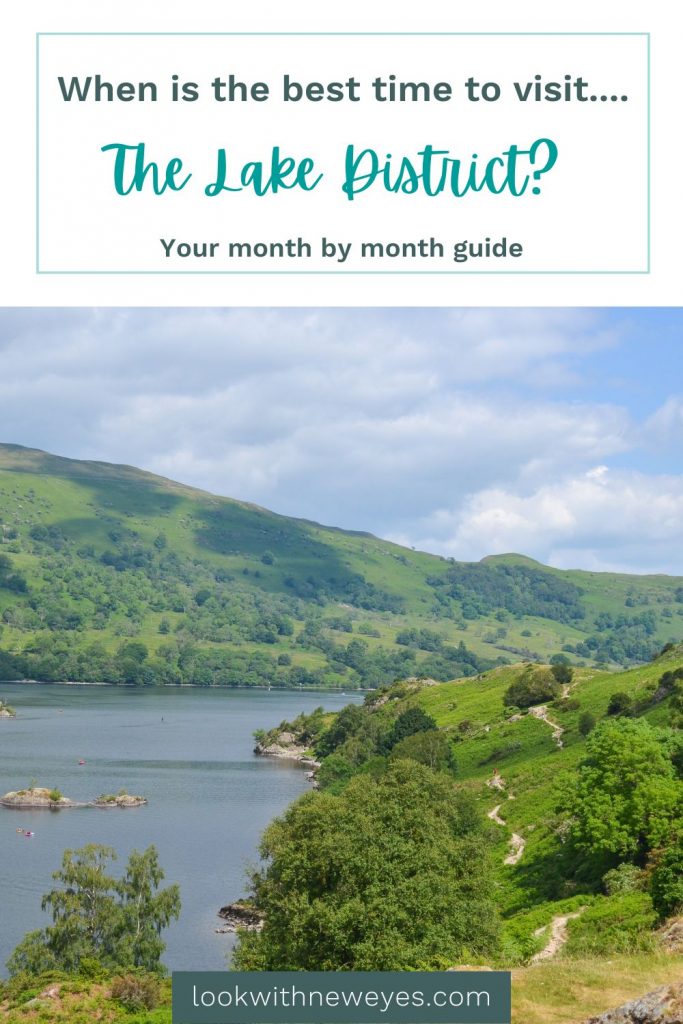
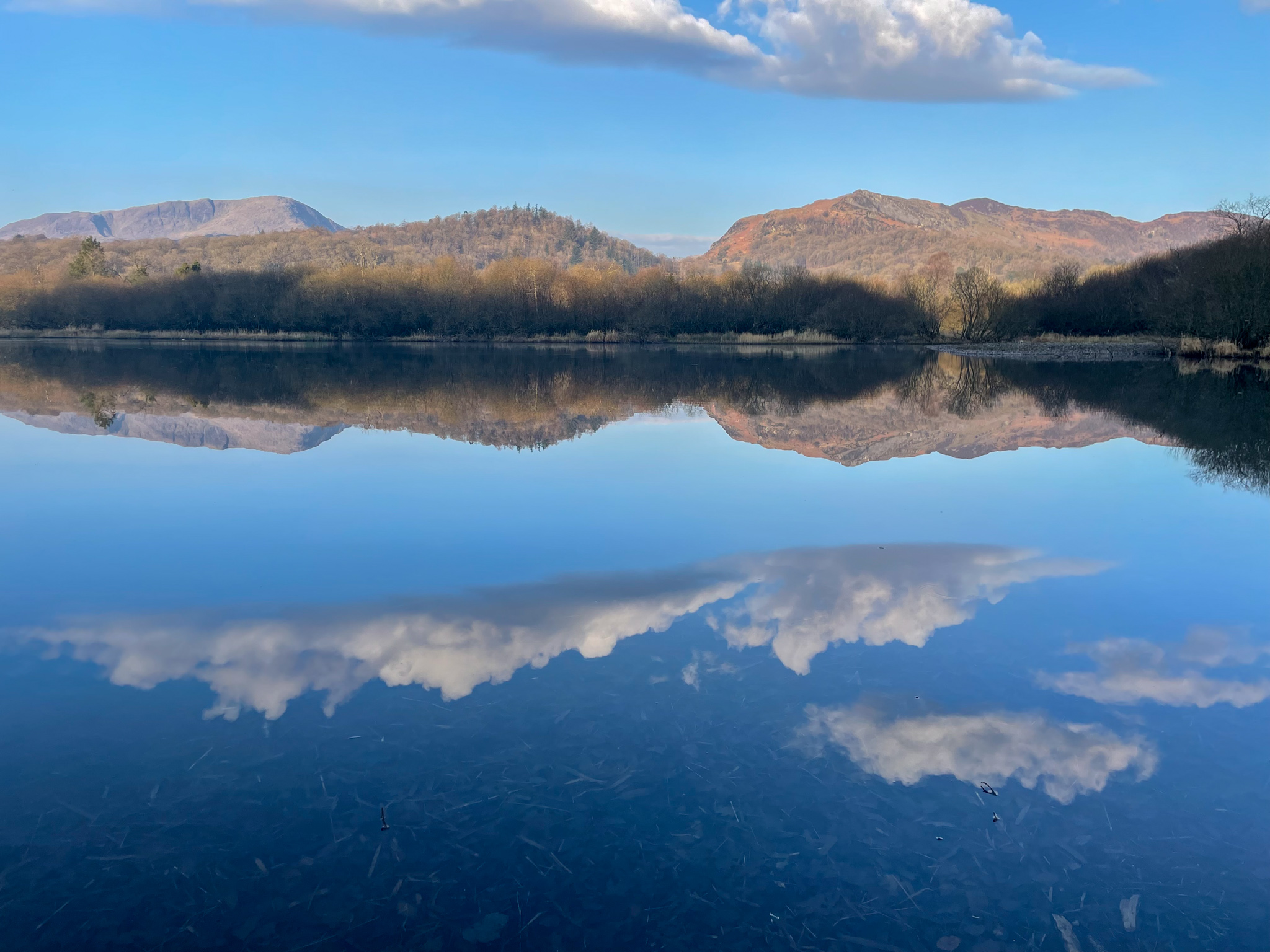
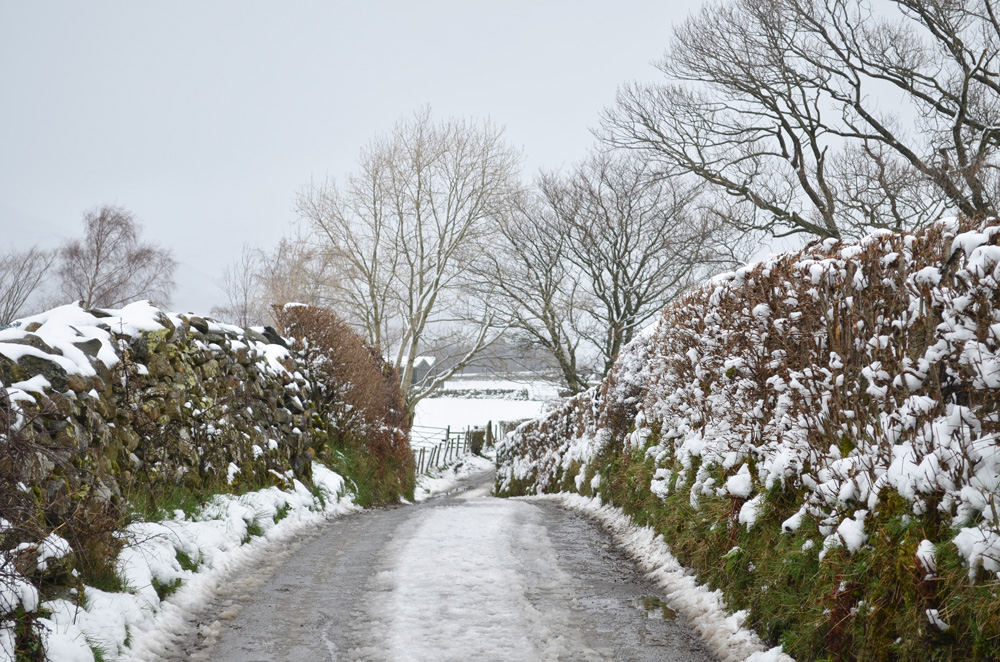
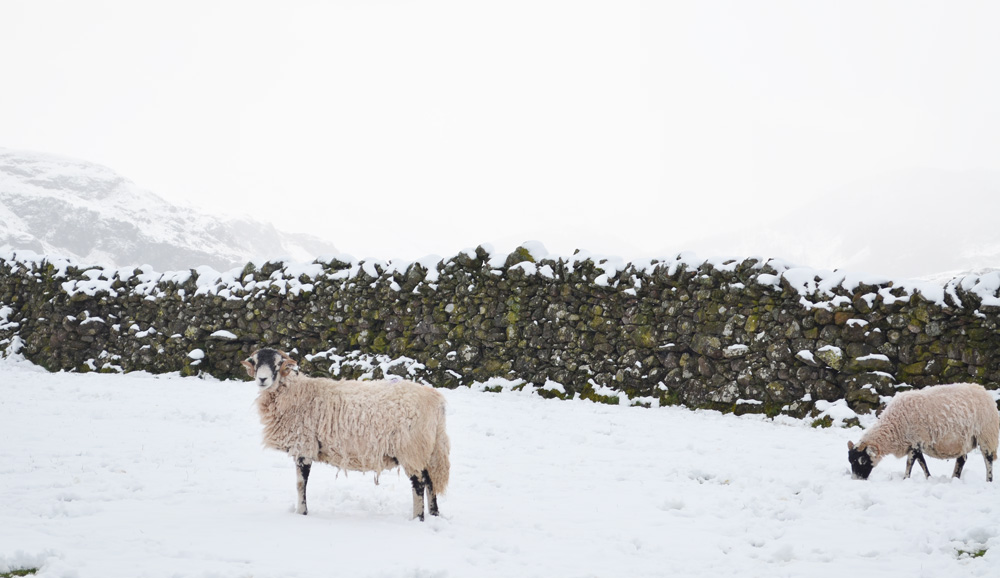
Leave a Reply